As a group we have created a video to represent all the words. I believe that we have done this well and that all the words are portrayed in someway. My word present was fairly easy to symbolize for the movie it-self is a specific moment in time and was present when we took it, so it represents the present that was.
Group
October 5, 2009Word: Present- final
September 28, 2009Present
Present – currently happening: taking place or existing now
Present- being, existing, or occurring at this time or now; current
Present- at this time; at hand; immediate, instant
Present- The here and now
Present- in attendance, current, existing, present-day, absent (antonym)
Present- transitive verb to show or display something
Present- The current time or moment
The present is the time that is associated with the events perceived directly, not as a recollection or a speculation. It is often represented as a hyperplane in space-time.
Present as time- conscious experience of duration, the period during which an action or event occurs. Time is also a dimension representing a succession of such actions or events. Time is one of the fundamental quantities of the physical world, similar to length and mass in this respect. The concept that time is a fourth dimension—on a par with the three dimensions of space: length, width, and depth—is one of the foundations of modern physics. Time measurement involves the establishment of a time scale in order to refer to the occurrence of events. The precise determination of time rests on astronomical and atomic definitions that scientists have established with the utmost mathematical exactness.
Physicists agree that time is one of the most difficult properties of our universe to understand. Although scientists are able to describe the past and the future and demarcations such as seconds and minutes, they cannot define exactly what time is. The scientific study of time began in the 16th century with the work of Italian physicist and astronomer Galileo Galilei. In the 17th century English mathematician and physicist Sir Isaac Newton continued the study of time. A comprehensive explanation of time did not exist until the early 20th century, when German-born American physicist Albert Einstein proposed his theories of relativity. These theories define time as the fourth dimension of a four-dimensional world consisting not just of space but of space and time.
Several ways to measure time are in use today. Solar time is based on the rotation of Earth on its axis. It makes use of the Sun’s apparent motion across the sky to measure the duration of a day. Sidereal time is also based on Earth’s rotation, but uses the apparent motion of the “fixed” stars across the sky as Earth rotates as the basis for time determination. Standard time, the familiar clock time most people use in everyday life, is based on the division of Earth’s sphere into 24 equal time zones. Dynamical time—formerly called ephemeris time—is the timescale of astronomy. Astronomers use the orbit of Earth around the Sun, as well as the orbital motions of the Moon and the other planets, to determine dynamical time. Atomic time is based on the frequency of electromagnetic waves that are emitted or absorbed by certain atoms or molecules under particular conditions. It is the most precise method for measuring time.
The measurement of time passage probably began with the concepts of past, present, and future. Throughout history humans have used various celestial bodies—that is, the Sun, the Moon, the planets, and the stars—to measure the passage of time. Ancient peoples used the apparent motion of these bodies through the sky to determine the seasons, the length of the month, and the length of the year. Humans created the sundial and the hourglass to measure time. (http://encarta.msn.com)
“Everything that has been will be, everything that will be is, everything that will be has been.” Eugène Ionesco (1909 – 1994)
“The future is made of the same stuff as the present.” Simone Weil (1909 – 1943)
“In other words, it is quite true that the past haunts us; it is the past’s function to haunt us who are present and wish to live in the world as it really is, that is, become what it is now.” Hannah Arendt (1906 – 1975)
“The Past lies upon the Present like a giant’s dead body.” Nathaniel Hawthorne (1804 – 1864)
“We are always acting on what just finished happening. It happened at least one thirtieth of a second ago. We think we’re in the present but we aren’t. The present we know is only a movie of what happened in the past.” Ken Kesey (1935 – 2001)
“The now, the here, through which all future plunges to the past.” James Joyce (1882 – 1941)
“The real universe. That’s the present moment. The past is no good to us. The future is full of anxiety. Only the present is real—the here-and-now. Seize the day.” Saul Bellow (1915 – 2005)
The present as an image is something that will not be there later. At least that is my interpretation. So there are fungi, spiderwebs, fallen leaves, and, flowers, all things with short life spans in location.
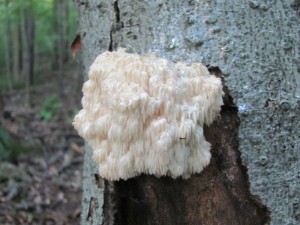
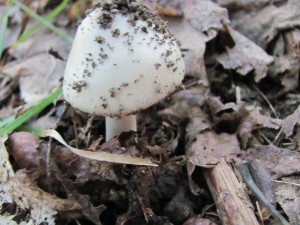
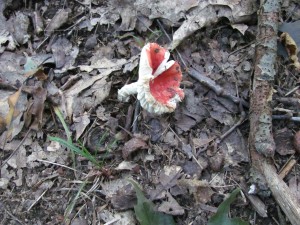
Fungi
This fungi is an essential part of any ecosystem. The mushroom plant itself is actually an extension of the tips that make up this underground fungi network, as the tips have a tendency to become dry. After a good rain, the tips soak up excess moisture and thereby grow into the mushrooms we see.
As quickly as a patch of mushrooms appears, so it disappears once the moisture dries off. The short time that the mushroom body appears above ground is time enough for spore structures to detach and replant in a new locale.
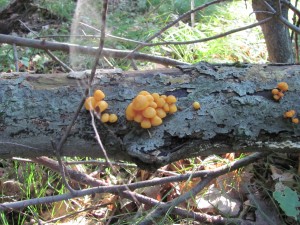
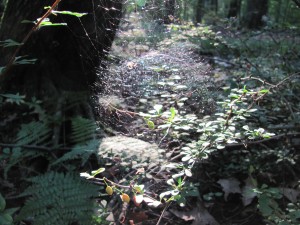
spider Webs
If all that is a little confusing, is it as strong as steel, stronger than steel or less strong, is it stronger than Kevlar or not, perhaps we can find some facts somewhere. The truth is it depends on how you measure it and what condition the silk is in. Silk absorbs moisture (a property given it by the large amount of the amino acid Alanine it contains). The more water silk contains the less brittle and the more elastic it is. The range is from about 30% to 300% elasticity depending on the amount of water it contains. Thus we can see that changing the humidity of the environment the silk is spun in, and the length of time it exists in that environment before it is tested will effect the results of the tests.
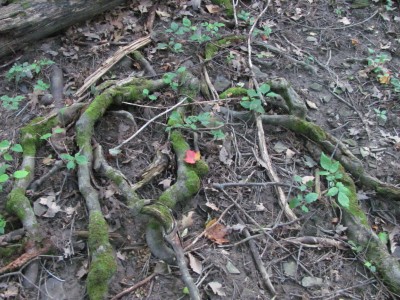

Leafs
All that is known is that at around 12 hours of daily sunlight, photoperiodism triggers leaf senescence in trees.
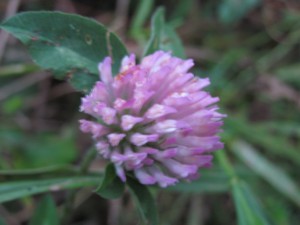
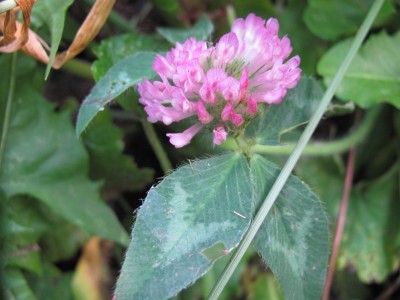

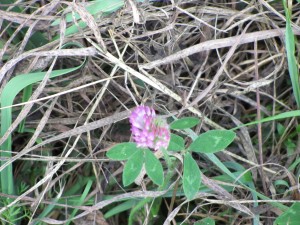
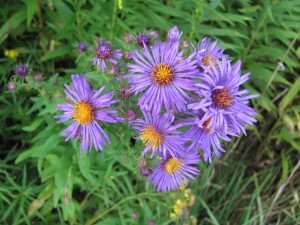
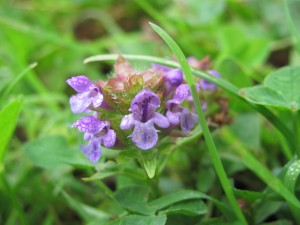
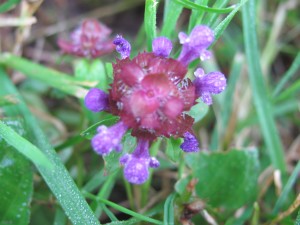
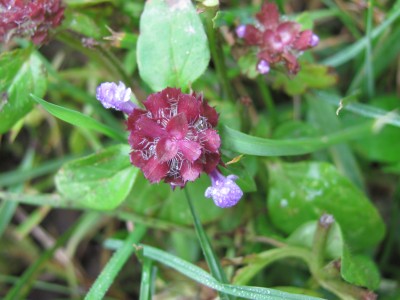
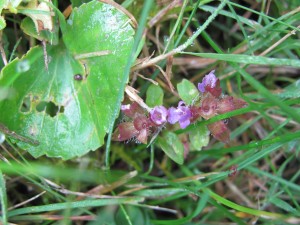
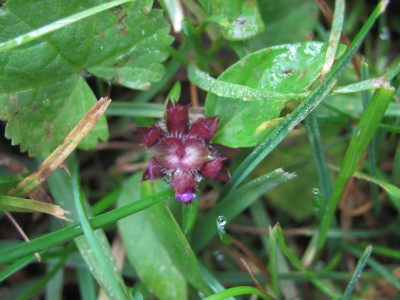
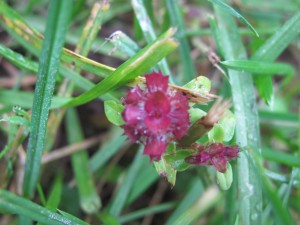
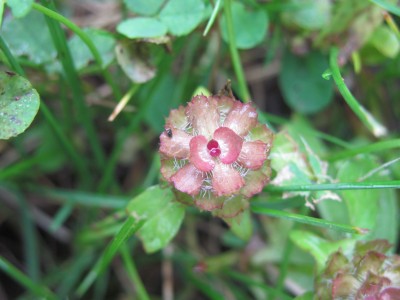
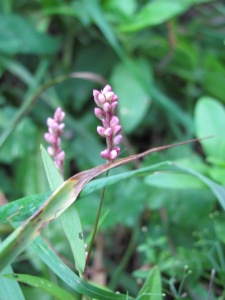
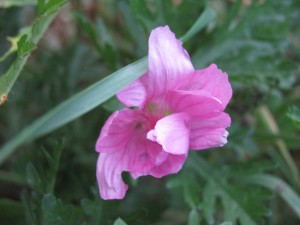
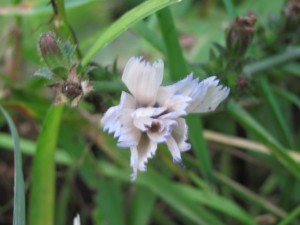
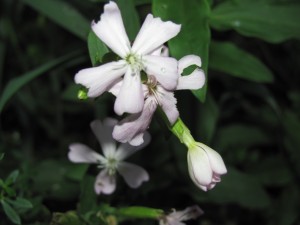
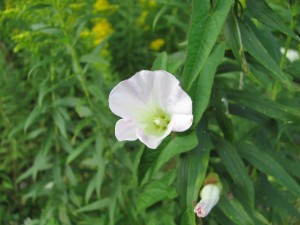
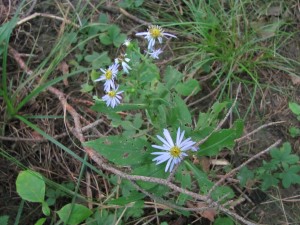

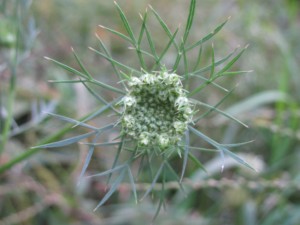
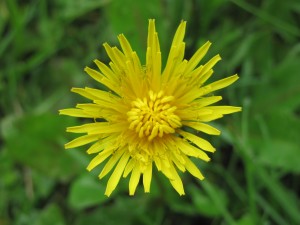
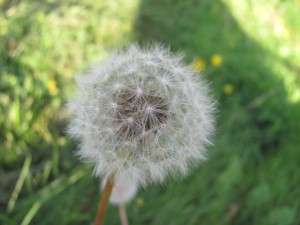
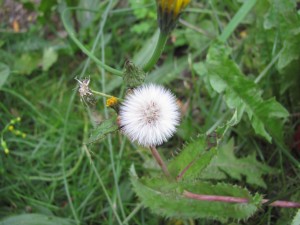

Flowers
Annuals
Annual wildflowers are the ones which grow quickly from seed, bloom usually for a long period (about two months, on average), and then die with the first hard frost. This means annual wildflowers live only one growing season. They are propagated by dropping their seeds as their flowers fade. This tells you that if you know of an annual that “came back” for a second year after a winter, it simply re-grew the second year from seed it produced the year before. This is called “self-sowing, and usually happens only when annual seed falls on bare ground. Most wild annuals are native to open spaces, rather than areas that are, or were originally, wooded. Popular wild annuals are the European red poppy and North America’s plains coreopsis.
Perennials
Perennial wildflowers are the ones that “come back” each year from the same roots, forming larger and larger clumps with more and more flowers as they age. From seed, they germinate more slowly than most annuals, and make minor above-ground growth during their first growing season. Bloom usually begins their second growing season, and a perennial’s season of bloom is usually much shorter than that of an annual. (The average perennial blooms for about two weeks.) Examples of perennials are common daisies, purple coneflower, St. Johnswort, and the goldenrods. Some perennials live to return year after year for decades or even centuries. Others are what botanists call “short-lived”, which usually means the plant persists for less than five years.
Biennials
The third and smallest group of wildflowers are the biennials. These plants have a two-year life-cycle. Like perennials, they normally do not bloom their first year, but bloom and seed profusely– for a comparatively long period– their second. Common examples of biennials are our common roadside weed, Queen Anne’s lace, and one of North America’s most popular native flowers, the black-eyed Susan.
Word: Present, images collected
September 25, 2009The present as an image is something that will not be there later. At least that is my interpretation. So there are fungi, spiderwebs, fallen leaves, and, flowers, all things with short life spans in location.





























Word: Present
September 15, 2009Present – currently happening: taking place or existing now
Present- being, existing, or occurring at this time or now; current
Present- at this time; at hand; immediate, instant
Present- The here and now
Present- in attendance, current, existing, present-day, absent (antonym)
Present- transitive verb to show or display something
Present- The current time or moment
The present is the time that is associated with the events perceived directly, not as a recollection or a speculation. It is often represented as a hyperplane in space-time.
Present as time- conscious experience of duration, the period during which an action or event occurs. Time is also a dimension representing a succession of such actions or events. Time is one of the fundamental quantities of the physical world, similar to length and mass in this respect. The concept that time is a fourth dimension—on a par with the three dimensions of space: length, width, and depth—is one of the foundations of modern physics. Time measurement involves the establishment of a time scale in order to refer to the occurrence of events. The precise determination of time rests on astronomical and atomic definitions that scientists have established with the utmost mathematical exactness.
Physicists agree that time is one of the most difficult properties of our universe to understand. Although scientists are able to describe the past and the future and demarcations such as seconds and minutes, they cannot define exactly what time is. The scientific study of time began in the 16th century with the work of Italian physicist and astronomer Galileo Galilei. In the 17th century English mathematician and physicist Sir Isaac Newton continued the study of time. A comprehensive explanation of time did not exist until the early 20th century, when German-born American physicist Albert Einstein proposed his theories of relativity. These theories define time as the fourth dimension of a four-dimensional world consisting not just of space but of space and time.
Several ways to measure time are in use today. Solar time is based on the rotation of Earth on its axis. It makes use of the Sun’s apparent motion across the sky to measure the duration of a day. Sidereal time is also based on Earth’s rotation, but uses the apparent motion of the “fixed” stars across the sky as Earth rotates as the basis for time determination. Standard time, the familiar clock time most people use in everyday life, is based on the division of Earth’s sphere into 24 equal time zones. Dynamical time—formerly called ephemeris time—is the timescale of astronomy. Astronomers use the orbit of Earth around the Sun, as well as the orbital motions of the Moon and the other planets, to determine dynamical time. Atomic time is based on the frequency of electromagnetic waves that are emitted or absorbed by certain atoms or molecules under particular conditions. It is the most precise method for measuring time.
The measurement of time passage probably began with the concepts of past, present, and future. Throughout history humans have used various celestial bodies—that is, the Sun, the Moon, the planets, and the stars—to measure the passage of time. Ancient peoples used the apparent motion of these bodies through the sky to determine the seasons, the length of the month, and the length of the year. Humans created the sundial and the hourglass to measure time. (http://encarta.msn.com)
“Everything that has been will be, everything that will be is, everything that will be has been.” Eugène Ionesco (1909 – 1994)
“The future is made of the same stuff as the present.” Simone Weil (1909 – 1943)
“In other words, it is quite true that the past haunts us; it is the past’s function to haunt us who are present and wish to live in the world as it really is, that is, become what it is now.” Hannah Arendt (1906 – 1975)
“The Past lies upon the Present like a giant’s dead body.” Nathaniel Hawthorne (1804 – 1864)
“We are always acting on what just finished happening. It happened at least one thirtieth of a second ago. We think we’re in the present but we aren’t. The present we know is only a movie of what happened in the past.” Ken Kesey (1935 – 2001)
“The now, the here, through which all future plunges to the past.” James Joyce (1882 – 1941)
“The real universe. That’s the present moment. The past is no good to us. The future is full of anxiety. Only the present is real—the here-and-now. Seize the day.” Saul Bellow (1915 – 2005)
Exploitation of the line: #4 and #54
September 14, 2009Exploration #4: to collect random objects on a walk.
Exploration#54: to collect as many parts of trees as you can.
Some of my pictures are used for both explorations. For some of the objects that came from trees where amusing and therefor they are part of the other exploration as well.


































Personal Territory:final
September 8, 2009to share my space I decide to draw a vary simplistic map of the large things and there general location in the space and where the person should sit when in the boundary of the space. For I did not wont them to have, or be looking to have, the same things and or experience I had, I wanted someones unbiased look on the space.

![map c[1] map c[1]](https://jasminepixler.files.wordpress.com/2009/09/map-c1.jpg?w=450&h=326)


Personal Territory: exploration #7
September 7, 2009world of color
|
Interior Colors Main Color: SW Ibis White 7000 Coordinating 1: SW Townhouse Tan 7712 Coordinating 2: SW Oak Creek cloud |
|
Interior Colors Main Color: SW Sheraton Sage 0014 Coordinating 1: SW Fenland 7544 Coordinating 2: SW Homburg Gray spider |
|
Interior Colors Main Color: SW Roycroft Brass 2843 Coordinating 1: SW Décor White7559 Coordinating 2: SW Rice Paddy Spider |
|||||||||
 |
||||||||||||||
|
Interior Colors Main Color: SW Isle Of Pines 6461 Coordinating 1: SW Dapper Tan 6144 Coordinating 2: SW Pure White pine needles |
|
Interior Colors Main Color: SW Van Dyke Brown7041 Coordinating 1: SW China Doll7517 Coordinating 2: SW Carnelian big tree |
|
Interior Colors Main Color: SW Flyway6794 Coordinating 1: SW Creamy 7012 Coordinating 2: SW Macadamia sky |
|||||||||
 |
||||||||||||||
|
Interior Colors Main Color: SW Goldfinch 6905 Coordinating 1: SW Dover White 6385 Coordinating 2: SW Hinoki little yellow flowers |
|
Interior Colors Main Color: SW Confident Yellow6911 Coordinating 1: SW Extra White7006 Coordinating 2: SW Teal Stencil dandelion |
|
Interior Colors Main Color: SW Cotton White7104 Coordinating 1: SW Cloud Nine6546 little white flowers |
|||||||||
 |
||||||||||||||
|
Interior Colors Main Color: SW Jolly Green 6931 Coordinating 1: SW Pure White 7005 Coordinating 2: SW Pulsating Blue the grass |
|
Interior Colors Main Color: SW Direct Green6924 Coordinating 1: SW Quite Coral 6614 Coordinating 2: SW Pizazz Peach the grass |
|||||||||||
Personal Territory: exploration #37
September 7, 2009How to tell the passage of time.
—the amount of people, as they get out of class and or come to get dinner
—location of the sun
—movement of the clouds
—the temperature, slowly lowering
—the amount of flying bugs
—tolling of the bells
Personal Territory
September 7, 2009Once I sat down the first things I noticed was the boundary I was creating and what limited it.
Boundary: the big tree, Lamp, tiny tree, Alumni Hall, Lamp, rock sculpture on pole, walking man in tree, King Alfred, sidewalk
-bench, rock sculpture on pole in front if bench, rock sculpture on pole in front of tiny tree, large wilted evergreen, tall evergreen, lamp, the different types of grass, that there are three tiny light posts, seven stars, and two railings, with planted flowers and foliage next to the stairs, little yellow flowers in the grass, puffed and unpuffed dandelions, fallen leaves, pieces of bark, twigs, broken pine cones on the ground, pine cones in the trees, pine needles, moss on the tree, clovers, clovers the flower, spider web, spider, honeybees, ants, bird feather, tiny white flowers, mushroom, fungi, people, bumblebee, bird, an entire world of flying and crawling insects and arachnids that I can not even begin to name; and all under the big tree I was sitting under. I could have done my entire territory right in that area there was so much going on. -the wind blowing lightly on the grass, the insect holding on for dear life.
-secluded, not as noise as you would have thought, slightly breezy, shaded under the tree, sun shining, puffy white clouds, blue sky
Exploration #2
September 3, 2009Experience Collection
-a stepped on flower, with grid pattern on the petals,
-broken piece of glass, looked like a butterfly,
-stain and wood grain on a table, looked like a giant butterfly,
-moss growing up a tree, foot prints,
-patch of grass, like a fish,
– the ground where the Cherry picker went though it, looked like a large stylized snake and its scales left it,
-a cloud looked to be the perfect flower stem and all,
-a series a clouds created a “small” body of water even an eddy,
-a stepped on queen ann’s lace, looks like a snowflake,
-a piece of styrofoam floating on a puddle, looked like a mini boat